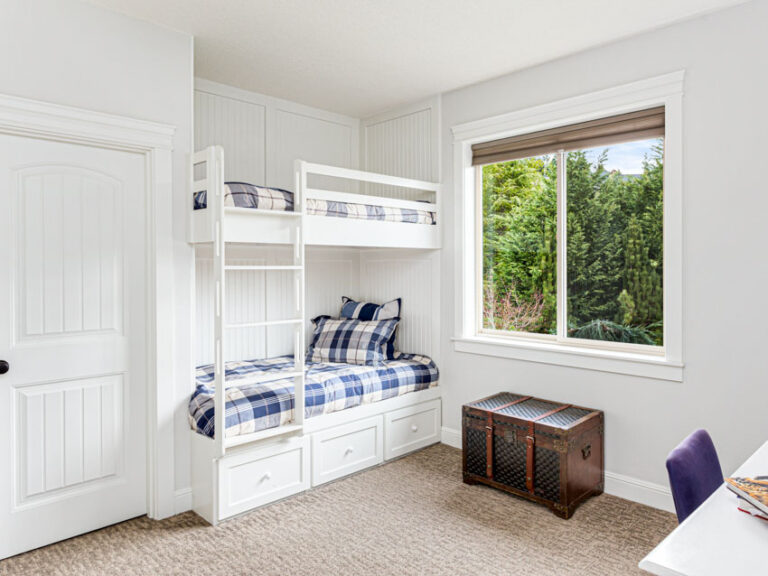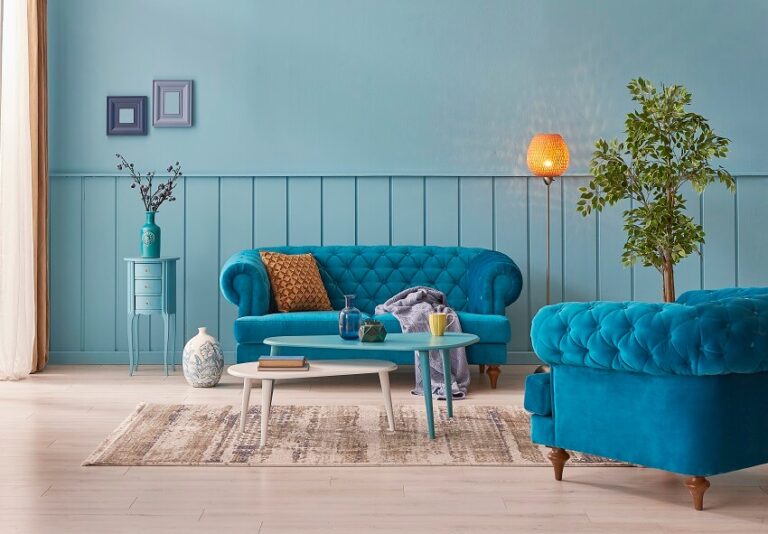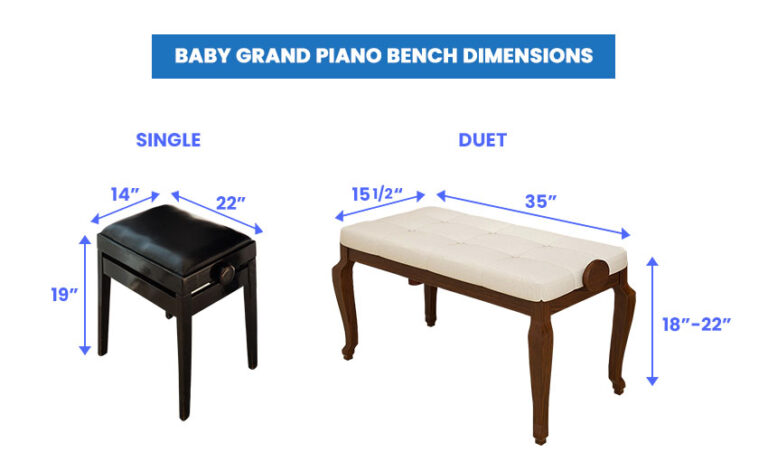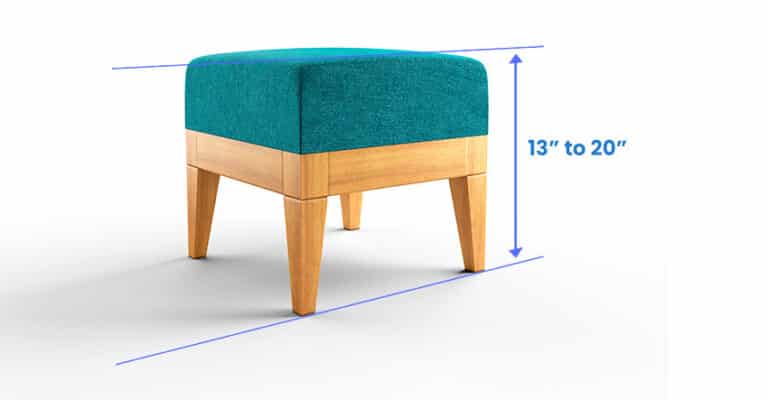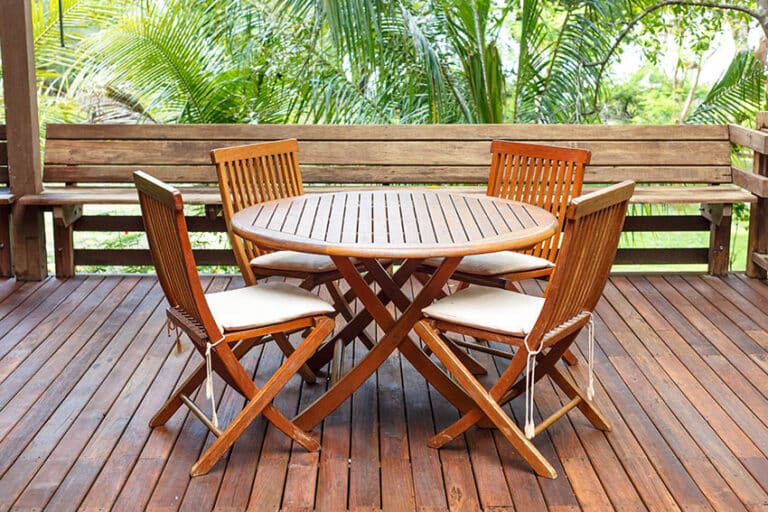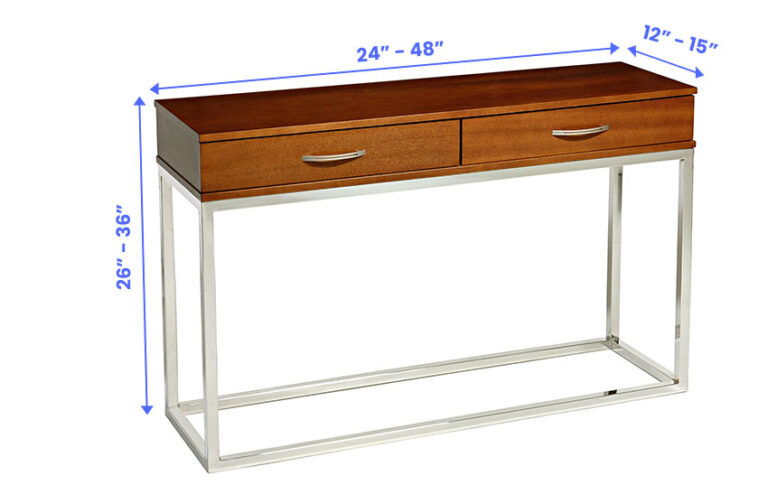Mango Wood Furniture Pros and Cons
Choosing the ideal wood for your home’s furniture can be confusing as there are many options to consider, all of which offer their own benefits. For those desiring a beautiful material that perfectly balances eco-friendliness, affordability, and durability, natural mango wood emerges as a standout choice.
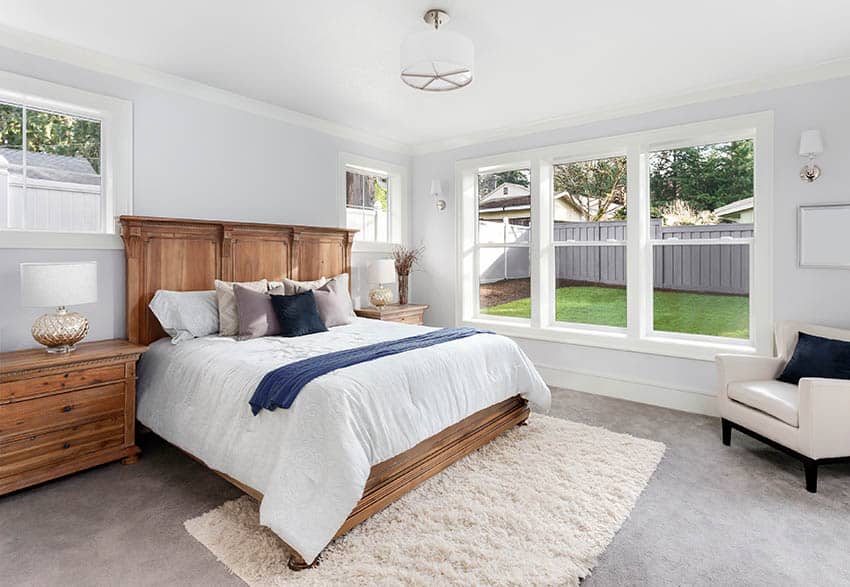
Here, we’re going to introduce you to one of the most outstanding, durable, and easy-to-work-with woods in the world, mango wood. Here is everything you need to know about mango wood.
What Kind Of Wood Comes From The Mango Tree?
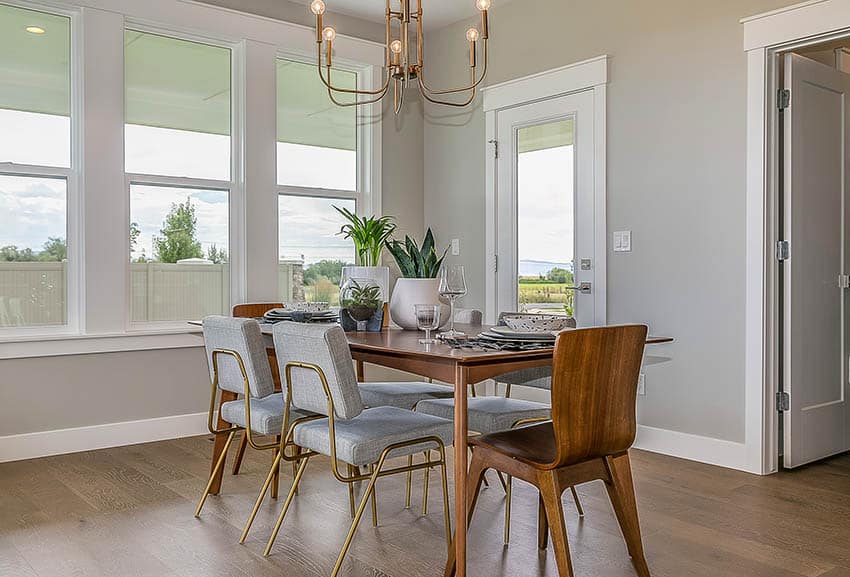
The mango tree is widely known worldwide because of its fruit which is very popular among most people. What you might not know about the South Asian tropical species of Mangifera is that it can also be successfully grown for the production of wood.
Mangi Indica (the scientific name of the mango tree) is very common among the places of Oceania and the tropical regions of Asia. However, mango trees can also be found in other tropical regions, such as Brazil, Mexico, and Australia.
The mango tree is known to grow to a height of up to 100ft. and a diameter of up to 4ft. While its tree is primarily grown for its sweet fruits, it has been reported that it stops bearing fruits after seven years.
After this happens, the tree is cut down; the wood is extracted and used for other purposes. Even though it is not that popular in the global market of lumber trading, it is still commonly used in India and other parts of the world to make cheap furniture, musical instruments, plywood, and flooring, among many others.
Homeowners commonly use natural mango wood as an alternative to furniture woods like Oak, Maple, and Mahogany. This is because this lumber is considered hardwood, and it has some consistent patterns that make it ideal for making appealing furniture products.
Properties of Mango as a Furniture Material
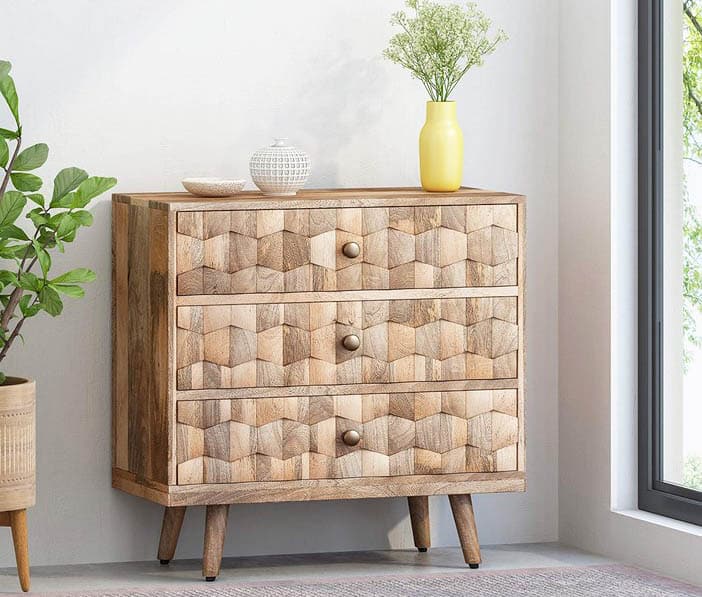
Appearance – Unprocessed mango wood is known to have sapwood or an outer coating that is dark brown. On the other hand, the inner surface of this timber has a paler color compared to the coating, while the processed wood is rough and golden brown in color.
Grain – In most cases, their surface grains appear to have dark spots and irregular lines consistent throughout the surface. It is these irregular lines and dark spots that constitute the grain of the wood. Even though these grains are fine, they’re also unusual among other hardwoods.
Toxicity – Up to date, there have been no cases of any severe reactions to mango wood, although it might cause some mild skin irritation among some people.
Advantages of Using Mango Hardwoods
Eco-friendly and sustainable – Mango wood is regarded as highly sustainable and eco-friendly among most of the hardwoods available. This is because it is only harvested after the tree has completed its fruit production lifespan.
For this reason, only the matured trees on the verge of barrenness are used to extract lumber.
This means that no healthy trees are harmed for the sake of wood extraction. In this age, when there is a dire need to conserve the environment, this material is the ideal wood to go for.
Great usability – Although Mangifera is regarded as hardwood, its usability is still higher compared to other traditional hardwoods you might have come across.
With this timber, you don’t need any professional tools to handle it. Also, Mangifera lumber can take any nails, screws, or glue without cracking.
High durability – This lumber is strong and slow-growing. The wooden slabs obtained are very strong and dense, making it one of the most durable woods out there. It’s also important to note that this wood’s durability can be enhanced using a protective finish. It also has a good natural resistance to termites, although not completely immune.
Low maintenance – In most cases, timber from the Mangifera tree only requires to be cleaned using a soft and moist cloth to remove any dust particles. You can also apply some wax to protect your wooden furniture from drying out.
Inexpensive – Compared to other hardwoods, such as oak and mahogany, mango lumber is affordable and cheaper. For example, you can purchase a one-inch thick Mangifera wood for as low as $5 to $15.
Different colors and patterns – One of the reasons why timber from the Mangifera indica tree is so popular among homeowners is its great variety of colors.
Based on the finishing or spalting of this timber, you can get a gray, pinkish, brown, or yellow color ideal for your furniture. Also, depending on the wood stain used for finishing, you can still get a darker version of the wood.
Water resistance – This furniture material is highly resistant to water, making it an ideal option for those looking to construct a deck, patio, and other outdoor furniture. The best thing about this timber is that you can increase its water resistance by simply polishing it.
Designs – Even though this timber is considered hardwood, it’s still very soft than traditional hardwoods such as mahogany and oak. It can be easily shaped and carved according to the user’s specifications and preferences.
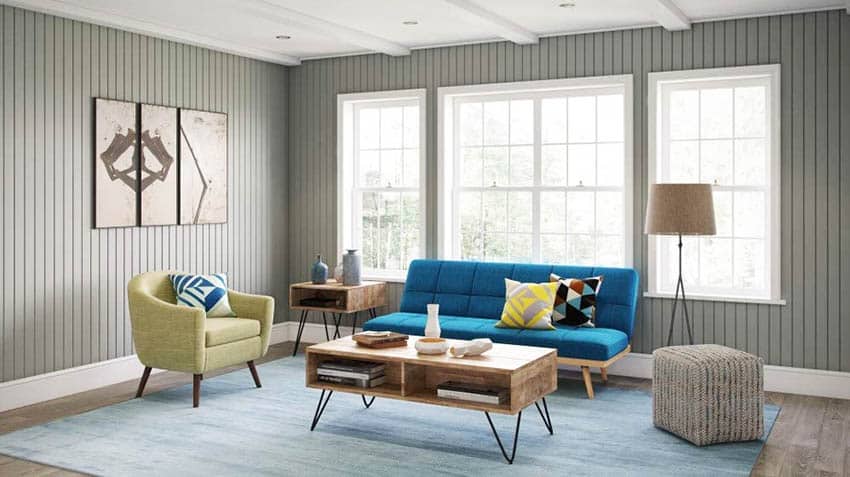
Disadvantages of Mango Hardwoods
Prone to insect and fungus attacks – Unlike other hardwoods, Mangifera lumber is prone to attacks from woodworms and other insects.
This means that you need to treat your furniture made from this material with the required chemicals to provide a protective layer, or it won’t last as long as you intended.
Not strong enough for some furniture – Unlike traditional hardwoods, Mangifera lumber is not suitable for use with furniture that requires longer plans, such as beds and wardrobes. This is because this kind of material can be warped much more easily.
Prone to discoloration – If left under the sun for long, furniture made from this lumber can end up fading or even cracking. If the furniture had a brown color, it could end up acquiring a much darker color.
How Can You Use Mango as a Furniture Material?
This lumber type can be conveniently used for both indoor and outdoor pieces of furniture. This includes;
• Tables and Countertops.
• Doors and window frames.
• Kitchen accessories such as chopping boards, serving trays, and bowls.
• For paneling purposes.
• For flooring purposes.
• Desks, stools and chairs.
• Curing leather.
• Musical instruments such as drums and guitars.
• Large furnishings such as wall cabinets, display units, and kitchen cabinets.
See different types of furniture styles here.
Is the Mango Tree a Hardwood?
Yes. Mango trees provide hardwood timber whose durability and general strength are much higher than that of most softwood.
However, despite being hardwood, these trees reach maturity after only 8-12 years. According to Janka hardness, this lumber is reported to have a hardness score of about 1100 per foot.
Is Mango Lumber Good for Furniture?
Yes. This lumber is great for making home decor pieces. Due to its high water resistance, it can be used for both outdoor and garden furnishings. See more top picks for maintenance free outdoor furniture here.
Also, since it is both strong and lightweight, it can also be conveniently used for broad furnishing pieces such as table sets, display units, wall cabinets, and kitchen cabinets.
Mangifera wood is generally thought of as a higher quality than pine and acacia. See examples of acacia wood outdoor furniture on this page.
Mango Furniture Maintenance Tips
• Always avoid using a rough piece of cloth to clean wooden decor.
• Avoid using ammonia detergents as they end up sucking the moisture out of the wooden decorative elements.
• Ensure that you rotate your furnishings regularly to expose all parts to adequate sunlight and air.
• Avoid placing your wooden furniture near fireplaces as the heat might cause warping.
• Cover all the scratches with matching paint as soon as you discover them.
Conclusion
Wooden furnishing made from Mangifera trees is becoming increasingly popular among homeowners and for a good reason. If you’re looking for affordable and highly durable lumber for your home decor and other purposes, this type of wood makes for a great option.
For more related content visit our page about the best wood for table tops here.

